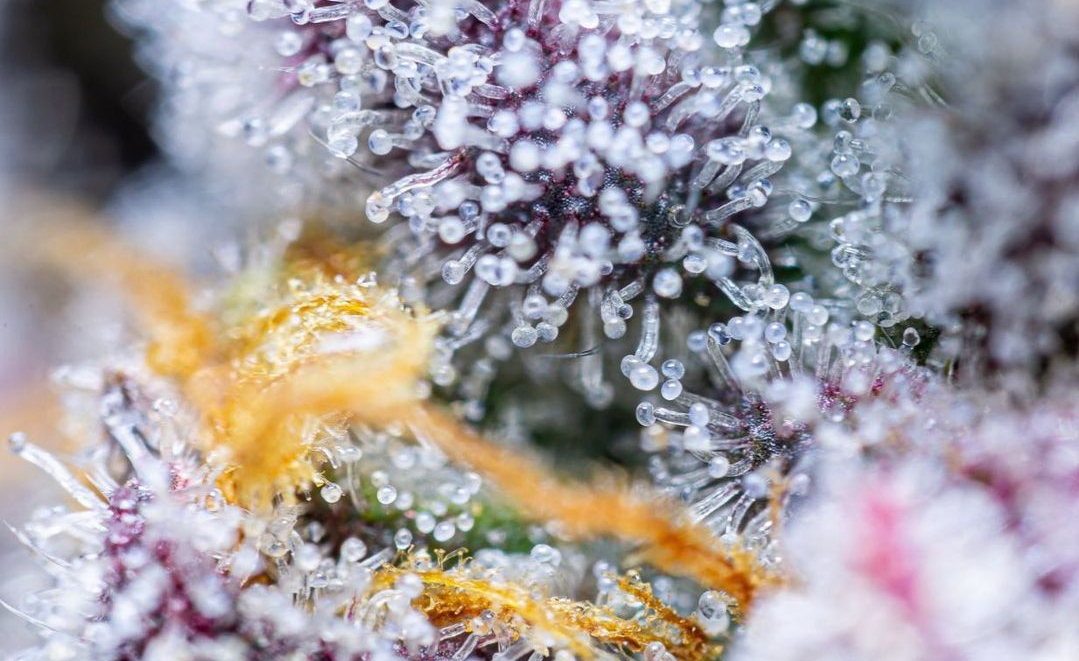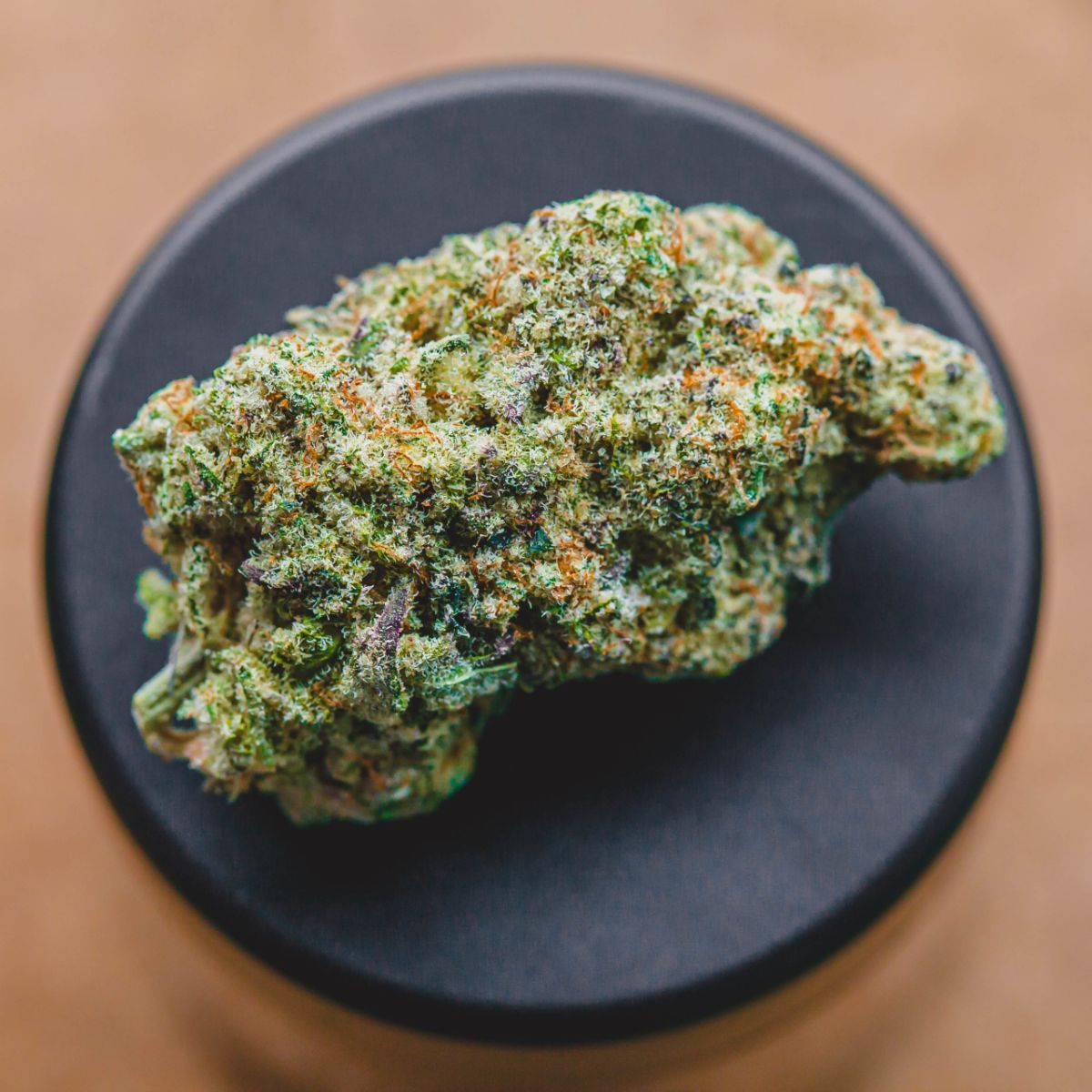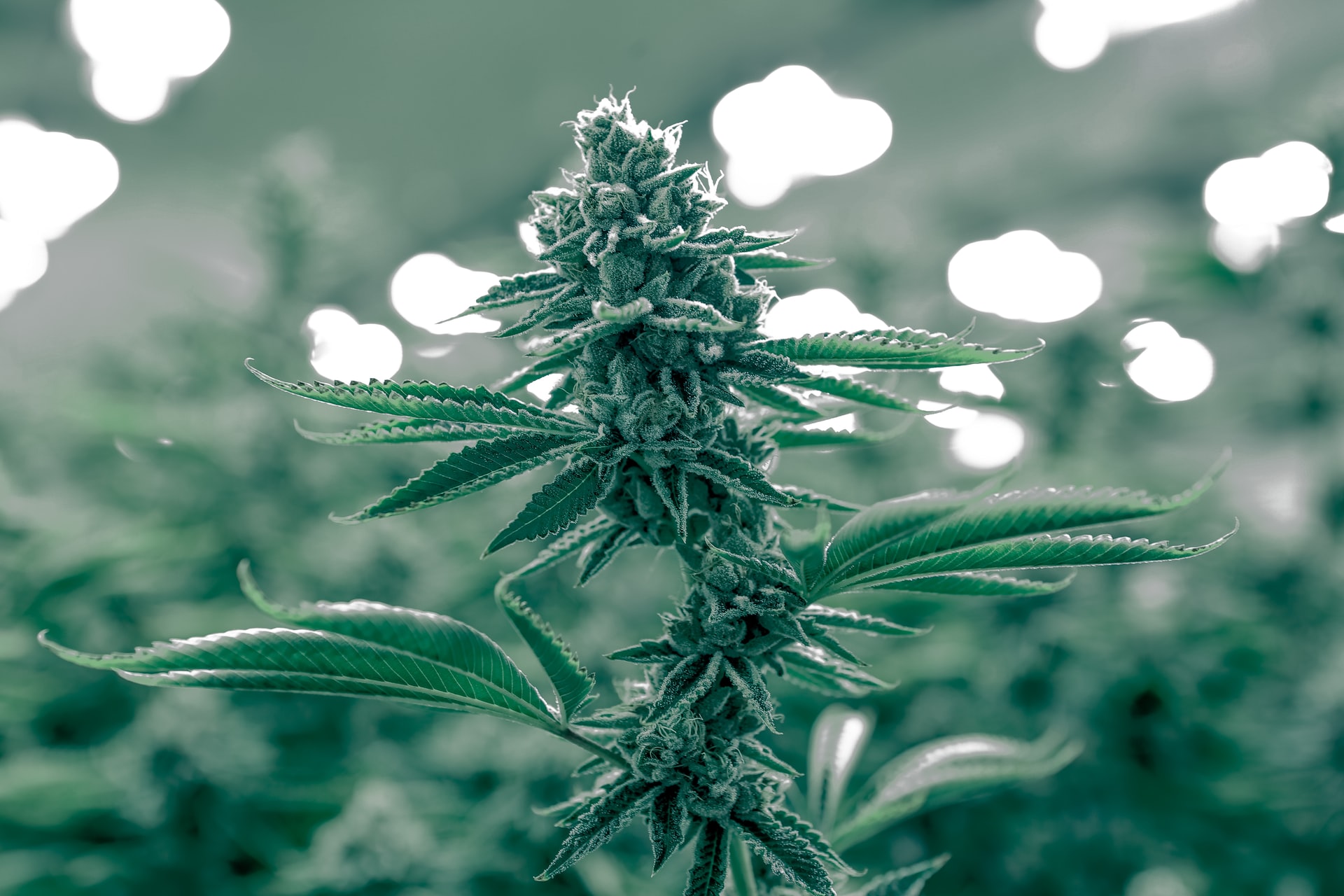
Medical
Cannabinoids: What Are They and How You Can Use Them
Whether it’s from our recreational dispensary or medical dispensary customers, one of the most common questions we hear at our Michigan dispensaries is: “What are cannabinoids?” It’s a great question, and it cuts right to the heart of why cannabis is such a powerful therapeutic tool.
Why? Rather than being a single plant-based compound, cannabis contains literally hundreds of active compounds, each of which imparts its own effects. And while each compound is important in its own way, without much doubt the most impactful are the family of all-natural chemicals known as cannabinoids.
You’ve probably heard of at least a few of them: THC, CBD, CBN and CBG are all examples of cannabinoids. In today’s post, we’ll give you a personalized introduction to a few of the most important ones. Ready? Let’s dive in!

The Cannabinoids: THC vs. CBD
If you know anything about the cannabis plant’s medicinal effects, you probably know that the two principal cannabinoids are THC and CBD.
THC is the cannabinoid most responsible for the cannabis plant’s distinctive euphoric “high,” but it’s doing much more than that. Research supports THC’s ability to offer pain-relief, anti-inflammatory, and anti-nausea effects, among several others.
Compared with THC, CBD isn’t intoxicating (though it can impart a gentle cerebral “buzz”), but it may exert even more beneficial effects than THC. At present, it’s being investigated as a therapeutic aid in treating anxiety and stress, to help control certain types of seizures, to fight inflammation and pain (but in different ways than THC), and to help us find deeper, more restorative sleep, among other effects.
How do you choose between the two? While THC is the cannabinoid that makes you feel high, many of the strains we sell at our Michigan recreational dispensaries contain at least some CBD; research suggests the two cannabinoids work in partnership with each other to deliver pain-fighting and other effects.

Minor Cannabinoids: CBG and CBN
As we hinted earlier, there are a great many other cannabinoids—at least 150 of them! And two of these better-understood “minor cannabinoids” are CBG and CBN.
Like CBD, CBG is known to moderate some of THC’s intoxicating effects. But over and above this, CBG is currently being studied in the hopes it could help treat inflammatory bowel disease (IBD). According to a 2013 study, CBG has the potential to help control this debilitating condition, known to affect at least 5 million people worldwide.
CBG is also being researched for a potential role in treating neurodegenerative diseases such as Huntington’s. A study published in 2015 found that in a rodent model, CBG was a neuroprotector, helping to shield neurons from the ravages of the disease.
Then there’s CBN. In 2019, a rodent-model study found that, like CBD, the cannabinoid reduced myofascial pain, a specific discomfort associated with fibromyalgia and other difficult-to-treat disorders. This comes as welcome news for the estimated 4 million American adults who suffer from this mysterious and still-emerging disorder.

Introduction to the Cannabinoids: Wrapping Up
We sincerely hope that today’s post gives you some insights into the fascinating compounds that make cannabis such a compelling plant.
We work hard to provide those searching for a cannabis dispensary in Detroit—and throughout Michigan—with reliable information on cannabis: It’s what sets us apart as one of the best dispensary options in the state.
If you’d like to learn more, we invite you to stop by any of our Michigan cannabis dispensary locations—including Hamtramck, East Lansing, Lincoln Park, Houghton Lake, and Mt. Clemens—to meet us, learn what we’re about, and check out our lineup of exceptional cannabis products.